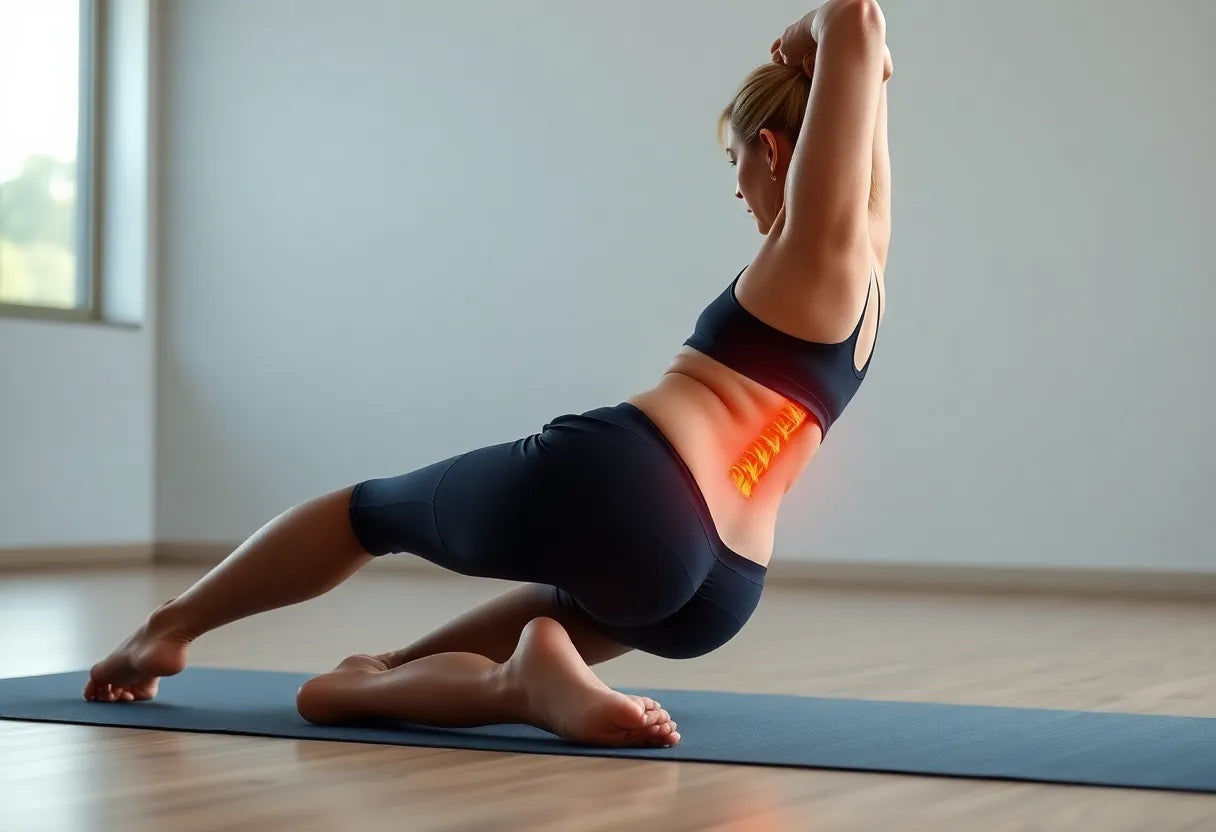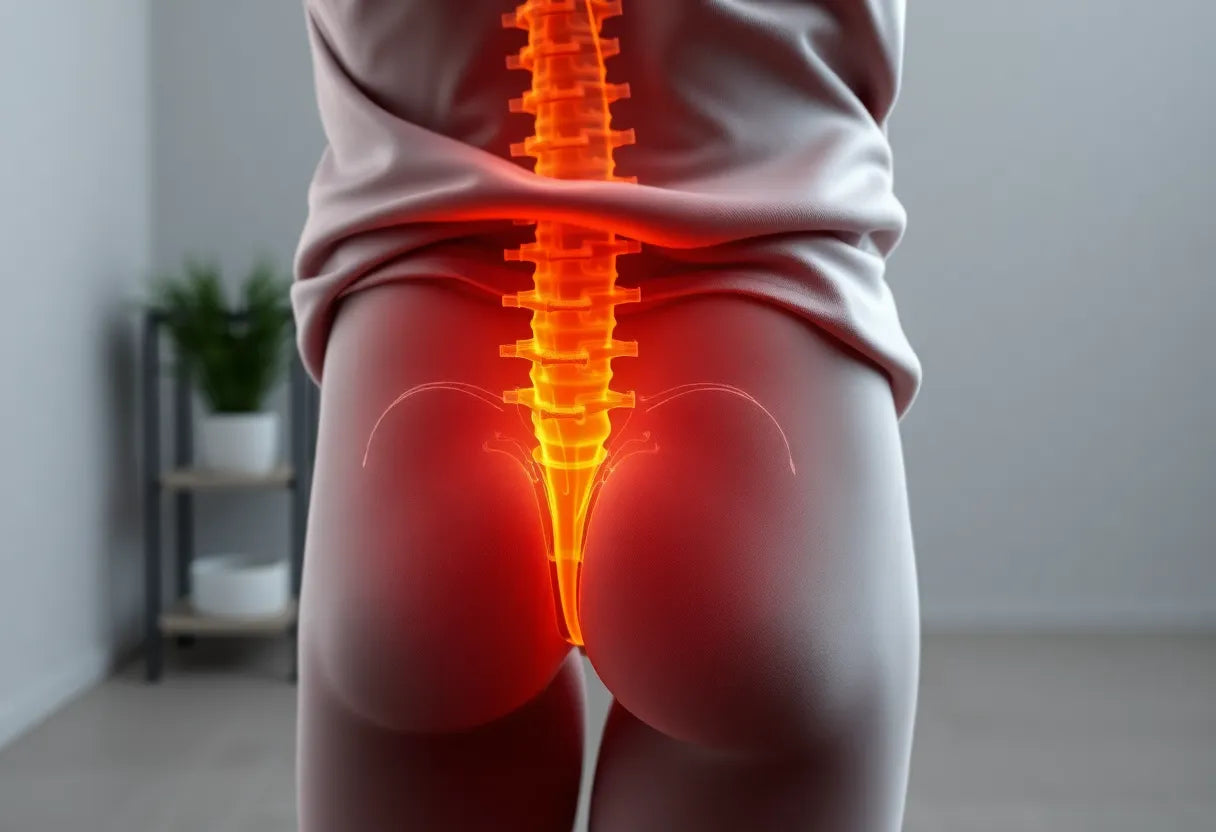Neck osteoarthritis, commonly referred to as cervical spondylosis, is a degenerative condition affecting the cervical spine. While it's widely recognized for causing neck pain and stiffness, a lesser-known but significant symptom associated with this condition is dizziness. This connection between neck osteoarthritis and dizziness is not as widely understood, yet it impacts numerous individuals, often leading to a perplexing array of symptoms that can disrupt daily life.
the enigma of dizziness
Dizziness is a common symptom that can arise from various underlying issues, ranging from inner ear disturbances to neurological disorders. For those experiencing dizziness, pinpointing its exact cause can be challenging. This symptom can manifest as a sensation of spinning, unsteadiness, or lightheadedness, making it difficult to maintain balance and perform everyday activities. Among the myriad potential causes, neck-related problems are often overlooked, yet they play a crucial role in a specific type of dizziness.
cervicogenic dizziness defined
Enter the concept of cervicogenic dizziness, also known as cervical vertigo. This condition is directly linked to dysfunction in the neck, particularly due to osteoarthritis. Cervicogenic dizziness arises when the sensory information from the cervical spine conflicts with the vestibular system and visual inputs, leading to a sensation of imbalance. Unlike vestibular vertigo, which originates from the inner ear, cervicogenic dizziness is rooted in the neck, though it can often be mistaken for other types of vertigo due to overlapping symptoms.
Understanding the connection between neck osteoarthritis and dizziness is essential for those who experience these symptoms. Recognizing cervicogenic dizziness involves acknowledging the neck's role in maintaining balance and spatial orientation. As the cervical spine undergoes degenerative changes, it can disrupt the normal functioning of these systems, leading to dizziness that is often exacerbated by neck movements.
For individuals struggling with unexplained dizziness, considering the possibility of cervicogenic dizziness is crucial. While this condition may not be as widely recognized as other causes of dizziness, it is a legitimate and treatable issue that can significantly impact quality of life. By understanding the potential link between neck osteoarthritis and dizziness, individuals can seek appropriate evaluation and management to alleviate their symptoms and restore balance to their lives.
symptoms and diagnosis of cervicogenic dizziness
The symptoms of cervicogenic dizziness, a condition often linked to neck osteoarthritis, can vary widely among individuals. Key symptoms include persistent neck pain, headaches, and dizziness that may worsen with neck movement. Many patients also report balance issues, which can lead to a feeling of unsteadiness or a sensation of spinning. Less commonly, individuals might experience ear pain, ringing in the ears, or nausea, further complicating the diagnosis.
Diagnosing cervicogenic dizziness presents significant challenges. This condition is often diagnosed by exclusion, meaning that other potential causes of dizziness, such as vestibular or neurological disorders, must be ruled out first. The lack of a single definitive test for cervicogenic dizziness adds to the complexity, requiring healthcare providers to rely on a combination of clinical assessments and patient history to arrive at a diagnosis. This often involves a multidisciplinary approach, incorporating insights from specialists in neurology, otolaryngology, and physical therapy.
causes and risk factors
The underlying causes of cervicogenic dizziness are often linked to structural issues within the neck. Poor posture, neck inflammation, and previous injuries can all contribute to the development of this condition. Cervical spondylosis, or neck osteoarthritis, is a significant factor, as the degenerative changes in the cervical spine can disrupt normal neck function and lead to dizziness. Trauma, such as whiplash from a car accident, can exacerbate these symptoms by further compromising neck stability and function.
Several risk factors may increase an individual's susceptibility to cervicogenic dizziness. Age is a primary factor, as the likelihood of developing cervical spondylosis increases with age. Additionally, individuals with a history of neck injuries or those who maintain poor posture over prolonged periods are at greater risk. Understanding these risk factors is crucial for both prevention and management of the condition.
treatment and management strategies
Treating cervicogenic dizziness often involves a range of conservative approaches aimed at alleviating symptoms and improving neck function. Physical therapy is a cornerstone of treatment, focusing on exercises that enhance neck mobility, strength, and proprioception. Manual therapy, including gentle neck mobilization and manipulation, can also provide relief by reducing muscle tension and improving joint function.

Men's Posture Shirt™ - Black
Patented shirt activates muscles for better posture, can relieve neck and back pain.
Posture correction is another critical component of managing cervicogenic dizziness. Ergonomic adjustments in daily activities, such as using supportive chairs or desks, can help minimize strain on the neck and reduce symptoms. Vestibular rehabilitation, a specialized form of therapy, may be beneficial for those experiencing significant balance issues, as it focuses on retraining the body's balance system to function more effectively.

Women's Posture Shirt™ - Black
Patented shirt improves posture, can relieve tension and pain in neck and back.
In some cases, medication may be prescribed to manage pain and inflammation associated with neck osteoarthritis. Nonsteroidal anti-inflammatory drugs (NSAIDs) and muscle relaxants are commonly used, although their long-term use should be monitored by a healthcare professional. Alternative therapies, such as acupuncture, may also provide symptom relief for some individuals.
Surgical intervention is rarely required for cervicogenic dizziness and is typically considered only when conservative treatments fail to provide adequate relief. Surgery may be necessary in cases where structural abnormalities in the cervical spine need to be corrected to restore normal function.
Overall, the management of cervicogenic dizziness requires a tailored approach that considers the individual's specific symptoms, underlying causes, and risk factors. With appropriate treatment, many individuals can effectively manage their symptoms and improve their quality of life.
multidisciplinary management of cervicogenic dizziness
Effectively managing cervicogenic dizziness requires a comprehensive approach that involves multiple healthcare disciplines. Given the overlap of symptoms with other conditions, clinical guidance is crucial to ensure an accurate diagnosis and appropriate treatment plan. Consulting with professionals such as neurologists, physical therapists, and otolaryngologists can help tailor a management strategy that addresses the unique needs of each patient.
Incorporating ergonomic and lifestyle adjustments can also play a significant role in alleviating symptoms. Simple changes, such as optimizing the workspace with ergonomic chairs and desks, can reduce neck strain. Additionally, adopting a routine that includes regular breaks and neck exercises can help maintain proper posture and prevent exacerbation of symptoms.
research and future directions
Research into cervicogenic dizziness is ongoing, with studies aiming to better understand the condition and improve diagnostic methods. Recent advancements in imaging and diagnostic techniques hold promise for more accurate identification of this condition in the future. Furthermore, clinical trials exploring the efficacy of various treatment modalities continue to refine management strategies, offering hope for those affected.
Patient stories and case studies often highlight the success of conservative care in managing cervicogenic dizziness. For instance, individuals who have undergone physical therapy and made ergonomic adjustments frequently report significant improvements in their symptoms and overall quality of life. These accounts underscore the importance of a tailored approach to treatment.
frequently asked questions
What is cervicogenic dizziness?
Cervicogenic dizziness is dizziness linked to neck dysfunction, often due to conditions like cervical spondylosis. It results from sensory mismatches between the cervical spine and other balance systems.
How is cervicogenic dizziness diagnosed?
Diagnosis is typically by exclusion, ruling out other causes such as vestibular disorders, as there is no single definitive test. A thorough clinical assessment is essential.
What are the main symptoms to watch for?
Symptoms include neck pain, dizziness, imbalance, headaches, and sometimes ear-related issues like ringing or pain.
Can cervicogenic dizziness be treated effectively?
Yes, with a combination of physical therapy, posture correction, and sometimes medication, most people can manage symptoms effectively. Conservative treatments are often successful.
When should I see a doctor about dizziness?
If dizziness is persistent, worsens, or is accompanied by other concerning symptoms, it's important to seek medical advice for a thorough evaluation to rule out other potential causes.
Kilder
- Columna. "Tratamiento de Mareos Cervicales."
- Medical News Today. "What to Know About Cervical Spondylosis."
- Southern ENT Associates. "Cervicogenic Dizziness."
- Cleveland Clinic. "Cervical Vertigo."
- Cleveland Clinic. "Cervical Spondylosis."
- ADR Spine. "Cervical Vertigo."
- WebMD. "Cervical Osteoarthritis (Cervical Spondylosis)."
- National Center for Biotechnology Information. "Cervical Vertigo and Dizziness."
- Omni Pain Relief. "Neck Arthritis."


















